4 Effective Forest Management: Essential Tools For Healthy Forests
- August 2, 2024
- 0 comment
Forest management involves the strategic planning and implementation of practices aimed at maintaining and enhancing the health, productivity, and biodiversity of forests. This includes activities such as inventorying forest resources, monitoring forest health, controlling pests and diseases, managing forest regeneration, and implementing sustainable harvesting practices.
Effective forest management ensures that forests can provide a range of ecosystem services, such as carbon sequestration, habitat for wildlife, water filtration, and recreational opportunities.

The use of advanced tools and technologies, such as Geographic Information Systems (GIS), remote sensing, and biological control agents, has significantly improved the efficiency and precision of forest management practices.
As a professional with extensive experience in both forestry research and fieldwork, I recognize the critical role these tools play in promoting sustainable forest management and ensuring the long-term health of our forest ecosystems.
Table Of Content List For The 4 Effective Forest Management:
- Forest Inventory Tools
- Silvicultural Tools
- Fire Management Tools
- Pest and Disease Management Tools
- Harvest Yields & Harvest Proposal Quality Measurement
Overview of Four Key Forest Management Strategies
Effective forest management relies on a combination of tools and practices to maintain the health, productivity, and sustainability of forest ecosystems. First, forest inventory tools like Geographic Information Systems (GIS) and remote sensing technologies provide accurate, detailed spatial data essential for mapping, planning, and monitoring large areas efficiently.
Second, silvicultural tools such as tree marking paints and increment borers are crucial for managing forest growth and composition, helping in tasks like thinning operations and assessing tree age and growth rates.
Third, fire management tools, including drip torches for controlled burns and fire retardant gels, play a vital role in preventing and controlling wildfires, protecting valuable forest areas, and promoting ecological balance.
Lastly, pest and disease management tools like pheromone traps and biological control agents offer sustainable and environmentally friendly methods to monitor and control pest populations, reducing the reliance on harmful chemicals. Together, these tools enable forest managers to make informed decisions that enhance forest health and ensure long-term sustainability.
1. Forest Inventory Tools
Performance Evaluation:
A solid forest inventory is the backbone of effective management. Tools like GIS (Geographic Information Systems) and remote sensing technology have revolutionized how we gather data. From my experience, GIS provides incredibly detailed and accurate spatial data, which is crucial for mapping and planning. Remote sensing, on the other hand, offers the ability to monitor large areas efficiently.
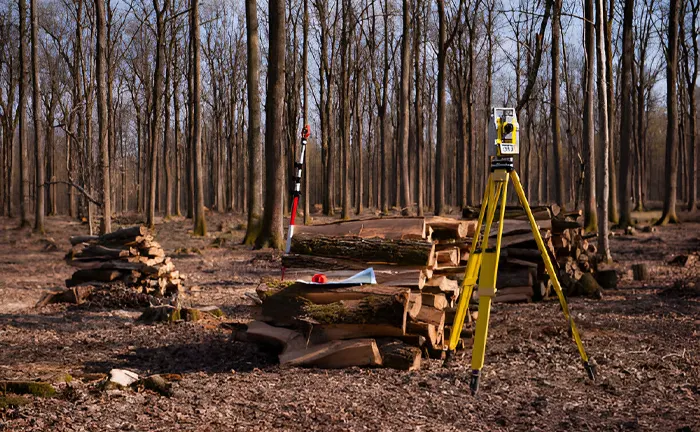
Pros
- High accuracy and precision
- Large area coverage
- Real-time data acquisition
Cons
- High initial setup cost
- Requires specialized training
Comparative Insight: Traditional methods like manual surveying are still valuable for small-scale operations or when a detailed ground-level assessment is needed. However, for large forests, the efficiency and detail offered by GIS and remote sensing are unparalleled.
2. Silvicultural Tools
Performance Evaluation:
Silviculture involves managing the growth, composition, and health of forests. Tools like tree marking paints and increment borers are essential here. I’ve found that using high-quality marking paint can significantly streamline the tree selection process for thinning operations, while increment borers are invaluable for assessing tree age and growth rates.
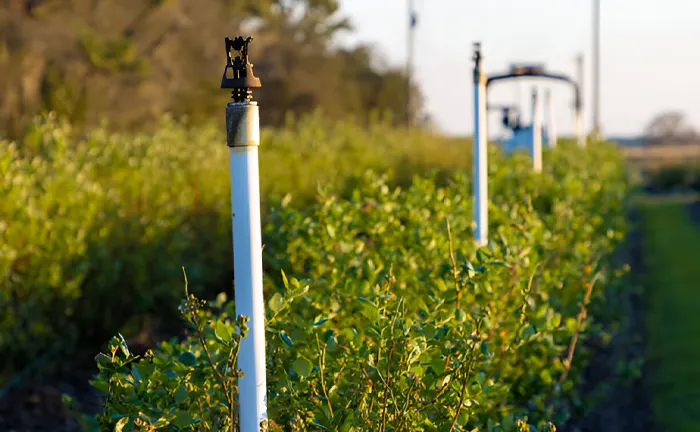
Pros
- Cost-effective
- Easy to use
- Direct impact on forest health
Cons
- Labor-intensive
- Increment borers can damage trees if not used properly
Comparative Insight: Modern advancements like electronic dendrometers offer a non-invasive alternative for measuring tree growth, which can be advantageous in sensitive ecosystems. However, traditional tools remain indispensable for their simplicity and reliability.
3. Fire Management Tools
Performance Evaluation:
Fire is both a natural part of many ecosystems and a significant risk. Effective forest management must include fire management tools such as drip torches for controlled burns and fire retardant gels. In my experience, drip torches are crucial for creating controlled burns that can prevent larger wildfires, while fire retardant gels can protect valuable areas during a wildfire.

Pros
- Essential for preventing and controlling wildfires
- Can save lives and property
Cons
- Requires extensive training and safety measures
- Controlled burns can be unpredictable
Comparative Insight: While traditional firebreaks and manual clearing are still widely used, the precision and effectiveness of controlled burns using drip torches offer a more sustainable and effective approach. Fire retardant gels provide an additional layer of protection that manual methods cannot match.
4. Pest and Disease Management Tools
Performance Evaluation:
Pests and diseases pose a major threat to forest health. Tools like pheromone traps and biological control agents have proven effective in my practice. Pheromone traps are excellent for monitoring and controlling pest populations, while biological control agents offer a sustainable way to manage pests without harmful chemicals.
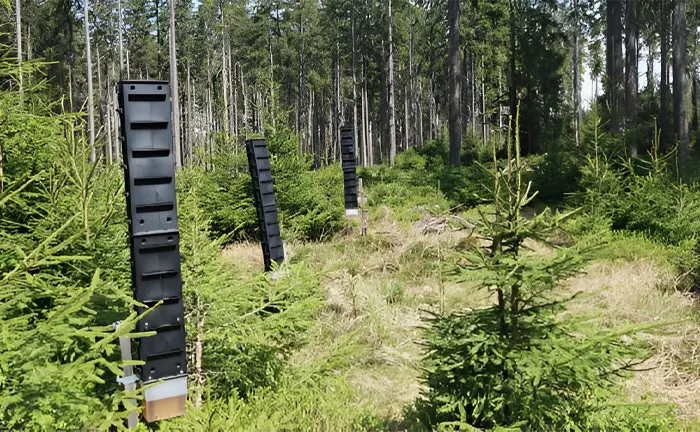
Pros
- Environmentally friendly
- Target-specific
Cons
- Requires regular monitoring and maintenance
- Biological control agents can be slow-acting
Comparative Insight: Chemical pesticides are often faster-acting and can cover larger areas, but they come with environmental and health risks. Pheromone traps and biological control agents, while requiring more effort and time, offer a safer and more sustainable solution.
5. Harvest Yields & Harvest Proposal Quality Measurement
Planning and managing harvesting operations with precision and timeliness is essential for streamlining processes along the value chain and maximizing the utilization of wood supply. Our advanced solution offers accurate predictions for thinning and final felling yields, identifying harvesting areas with the highest potential and value.
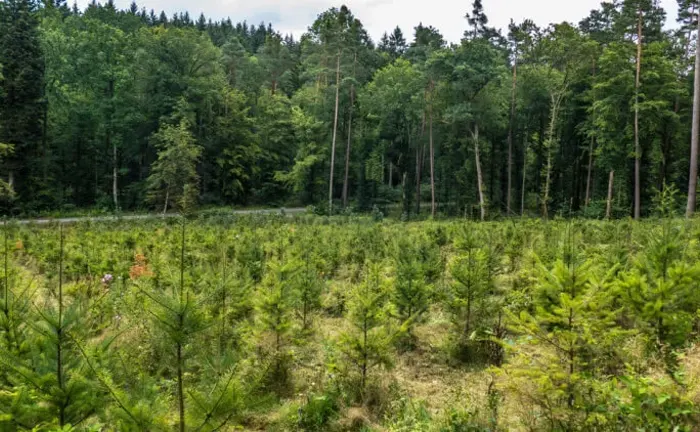
By providing detailed analyses of tree density, species distribution, and age distribution, it enables precise and resource-efficient planning for thinning and harvesting operations. This allows for the implementation of appropriate measures at the right time, ensuring efficient wood utilization.
In diverse, multi-purpose forests, specific silvicultural measures are crucial. Our solution supports continuous cover forestry practices, facilitating sustainable forest management even in areas with irregular stand structures. It provides accurate analyses of uneven-aged and differently sized forest areas, aiding in the monitoring and maintenance of selected individual trees or small groups. This tool optimizes harvest timing and planning, ensuring precise and sustainable forest management.
Final Thoughts and Recommendations
Based on my experience, the most critical decision-making factors in forest management are accuracy, efficiency, and sustainability. Tools like GIS and remote sensing stand out for their ability to provide detailed and accurate data over large areas, making them indispensable for modern forest management. For on-the-ground tasks, traditional tools still hold value, especially for small-scale or detailed work.
When recommending the best overall tool, GIS systems take the lead due to their comprehensive capabilities and the depth of data they provide. However, for specific tasks like pest management or controlled burns, targeted tools like pheromone traps and drip torches are essential.
In conclusion, effective forest management requires a blend of traditional and modern tools, each chosen based on the specific needs and circumstances of the forest being managed. By understanding the strengths and limitations of each tool, forest managers can make informed decisions that promote the health and sustainability of our forests.
Frequently Asked Questions
- What is forest management?
Forest management involves the strategic planning and implementation of practices aimed at maintaining and enhancing the health, productivity, and biodiversity of forests. It includes activities like inventorying resources, monitoring health, controlling pests, managing regeneration, and sustainable harvesting. - Why is forest management important?
Forest management is crucial for ensuring forests can provide ecosystem services such as carbon sequestration, wildlife habitat, water filtration, and recreation. It also helps maintain the overall health and sustainability of forest ecosystems. - What tools are essential for forest inventory?
Essential tools for forest inventory include Geographic Information Systems (GIS) and remote sensing technology. These tools provide detailed and accurate spatial data for mapping and planning large forest areas. - What are silvicultural tools, and why are they important?
silvicultural tools, such as tree marking paints and increment borers, are used to manage the growth, composition, and health of forests. These tools help in tree selection for thinning and assessing tree age and growth rates, which are crucial for forest health. - How are fires managed in forest ecosystems?
Fire management in forests involves tools like drip torches for controlled burns and fire retardant gels. These tools are essential for preventing and controlling wildfires, thereby protecting both the forest and surrounding areas. - What methods are used for pest and disease management in forests?
Pest and disease management tools include pheromone traps and biological control agents. These methods are environmentally friendly and target-specific, offering sustainable ways to manage pest populations without harmful chemicals. - What are the pros and cons of using GIS in forest management?
Pros of using GIS include high accuracy, precision, and the ability to cover large areas efficiently. Cons include the high initial setup cost and the need for specialized training to use the technology effectively. - How do traditional silvicultural tools compare to modern advancements?
Traditional silvicultural tools, such as tree marking paints and increment borers, are cost-effective and easy to use but can be labor-intensive. Modern advancements like electronic dendrometers offer non-invasive alternatives for measuring tree growth but may be more expensive. - What factors should be considered when choosing fire management tools?
Key factors include the specific needs of the forest, the effectiveness of the tools in preventing and controlling fires, and the level of training required to use them safely. Drip torches and fire retardant gels are highly effective but require careful handling and training. - What is the best overall tool for forest management, and why?
The best overall tool for forest management is the GIS system due to its comprehensive capabilities and the detailed data it provides. It enables efficient and precise planning and monitoring, making it indispensable for modern forest management.
We’d love to hear from you! Share your personal experiences and thoughts about effective forest management tools in the comments section below. Your insights could help fellow forestry professionals make informed decisions and contribute to healthier, more sustainable forests!

Gilbert Griffin
Forestry AuthorGilbert Griffin is a forest management expert specializing in sustainable practices, forest health, conservation, and land management. With extensive knowledge in pest control, disease management, and habitat restoration, Gilbert develops strategies to preserve forest ecosystems and biodiversity. Passionate about the natural world, Gilbert adapts to changes in forest management and stays updated through continuous learning. Gilbert also provides seasonal advice to optimize forest care throughout the year.

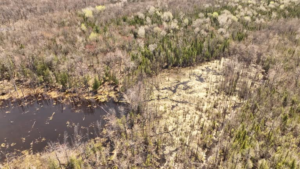
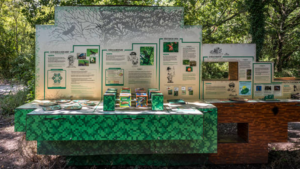
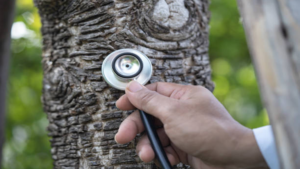
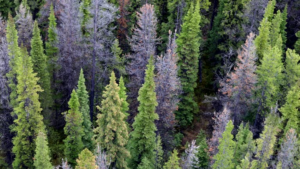
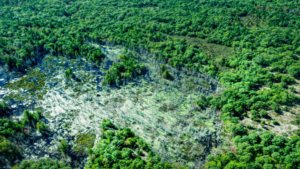

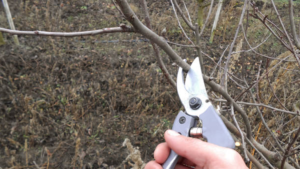


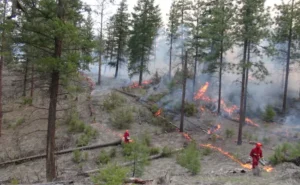
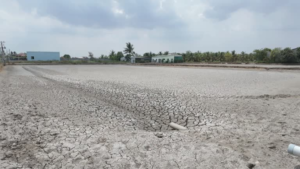

Leave your comment